The Society hosts a number of online lectures throughout the year. Here is a summary of past events for 2024, with links to the lecture recordings.
HUGH WILLIAMSON — Scrolls and Scribes: How Well Has the Bible Survived?
23 January 2024 (online via Zoom)

The copies of the Hebrew Bible which we use today come from just after 1000 CE — over a thousand years since the text was first composed.
So how accurate are these scribal copies? We know that those responsible, the Masoretes, added features such as vowel points. Does that reflect ancient tradition?
Research into the oldest surviving physical copies of the Old Testament texts, the Dead Sea Scrolls, has added vital data to the evidence drawn from later, ancient translations of the Bible into Greek, Latin, Syriac, and Aramaic. So we are in a better position to answer these questions now than before.
This presentation – our Richard D. Barnett memorial lecture for 2024 – provided an accessible exploration of the Hebrew bible and its complex transmission history.
Our speaker, Professor Hugh Williamson was the Regius Professor of Hebrew at the University of Oxford until his retirement in 2014. He joined the committee of the Anglo-Israel Archaeological Society while Richard Barnett was still the chairman and he later chaired the Society himself for nearly twenty years.
This lecture can be viewed on the AIAS Youtube channel.
ORLY GOLDWASSER, CHRISTOPHER ROLLSTON AND YOSSI GARFINKEL — Dawn of the Aleph-Bet.
27 February 2024 (online via Zoom)

This was a special session where three leading scholars were brought together to explore the origins and early use of the alphabet in Egypt and Israel. This event was jointly hosted with the British Friends of the Hebrew University.
The event opened with a short video, in which Professor Garfinkel and colleagues spoke about the recent discovery of an ivory comb at Lachish inscribed with the oldest known complete Canaanite sentence – appropriately bearing a message aimed at the head lice it sought to remove.
This was followed by a presentation by Professor Orly Goldwasser on ‘The Turquoise Miners Who Invented Our Alphabet: The Sinai Desert, 1840 BC,’ looking at how and where this radical new way of writing was created.
Professor Rollston then picked up the story, placing this radical invention in its broader context of Bronze Age writing across the Near East, including some recent, enigmatic finds of possible alphabetic writing from Umm el-Marra and Southern Babylonia.
We returned to Professor Garfinkel for the final lecture, on ‘The Names Isbaal and Jerubaal in Epigraphy and the Bible,’ which looked at some interesting examples of later alphabetic writing from the Iron Age.
A recording of the lecture is now available on youtube.
JOAN TAYLOR — Recovering Saint Salome: Khirbet Qasra Revealed
25 March 2024 (Kings College London)
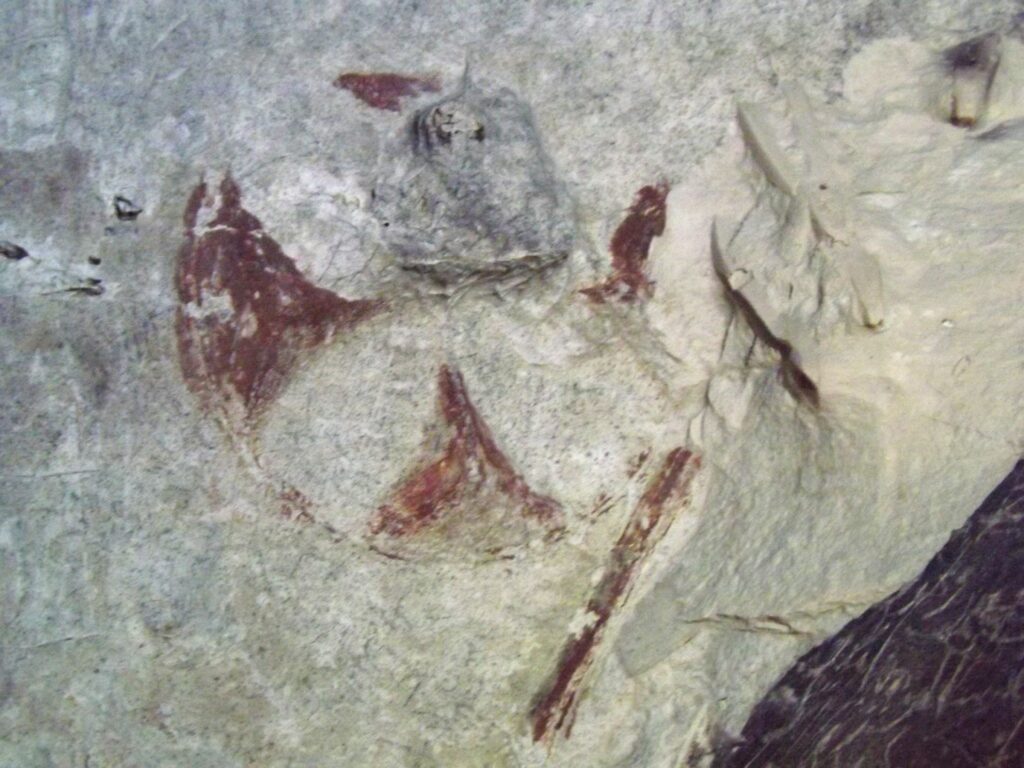
This lecture explored the fascinating site of Ḥorvat Qasra, in the southern Judaean Foothills. The site features a fortified manor house of the Second Temple Period, agricultural installations and a 2nd-century CE underground hiding system.
It also features a Jewish rock-cut burial complex from the 1st–2nd centuries CE, with monumental entrance and cliff walls faced with ashlars, fronted by a large courtyard.
In the Byzantine period (5th century CE) this complex was transformed into a Christian chapel, dedicated to Holy/Saint Salome. Inscriptions and graffiti incised on its walls in Greek, Christian Palestinian Aramaic and Arabic show that that Salome was venerated here from the 5 to 8th centuries. A Christian complex was erected outside the chapel, in the former courtyard of the tomb, which is now thought to have functioned as a monastery.
But who was the ‘Salome’ being venerated at the site? Professor Taylor suggested this was Salome, disciple of Jesus, not the ‘doubting midwife’ of an apocryphal story, as many have believed. The tomb chapel was a memorial to a women whose identity became absorbed over time into other traditions.
Joan Taylor is Professor of Christian Origins and Second Temple Judaism at King’s College London and Honorary Professor at Australian Catholic University in Melbourne. She is a leading authority on early Jewish and Christian literature and archaeology, and has a particular interest in the history of women.
This lecture was jointly hosted by the Anglo-Israel Archaeological Society and Palestine Exploration Fund.
This lecture was held in person, and was not recorded.
STEVEN ORTIZ — Searching for Solomon’s City: Recent Excavations at Tel Gezer
17 April 2024 (online via Zoom)
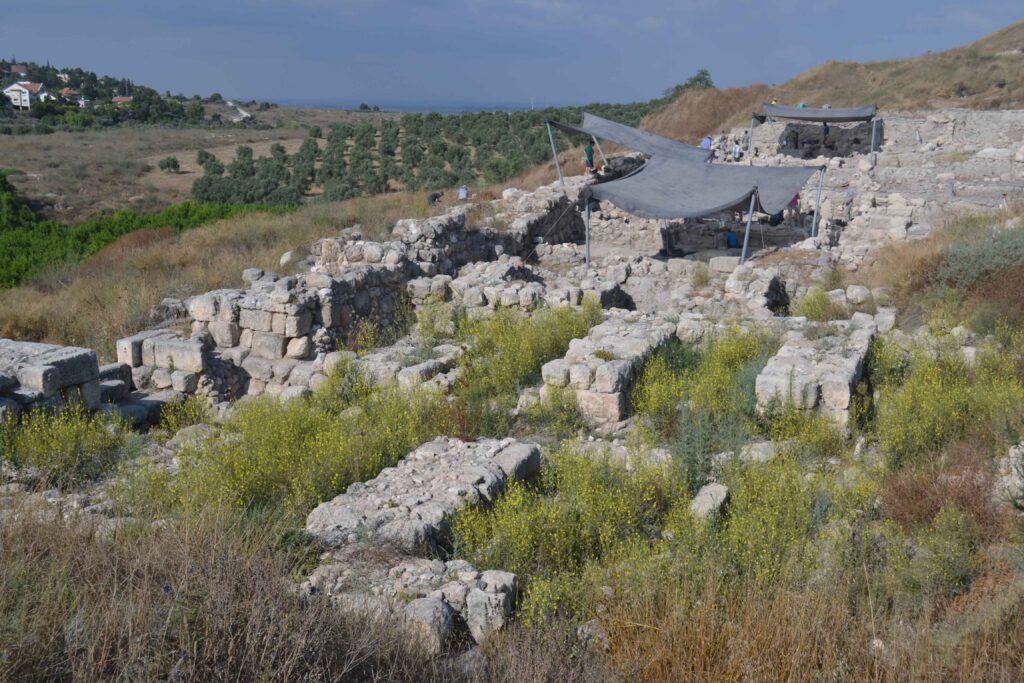
In this lecture, Steven Ortiz explored the recent excavations and discoveries at Tel Gezer, a site at the heart of debates concerning the nature of the Israelite monarchy and the archaeology of King Solomon.
Tel Gezer is located on the border between the Israelites and Philistines. It is strategically located at an important crossroad guarding the pass from the coast up to Jerusalem.
The ancient city is mentioned in several Egyptian and Assyrian texts, and in the biblical account of Solomon’s fortifications (1 Kings 9:15). It was continuously occupied from the Bronze Age to the Hellenistic Period.
Although previous excavations have revealed much of Gezer’s history, there are still many questions left unanswered. A new team has been excavating the site since 2006. This lecture presented the latest discoveries of this work, focusing on its transition from a Canaanite City to an administrative center.
Steven Ortiz is the director of the newly established Lanier Center for Archaeology at Lipscomb University where he is also a Professor of Archaeology and Biblical Studies. He is the principal investigator of the Tel Gezer Excavation Project and is the co-director at Tel Burna (Biblical Libnah). His research, which has been extensively published, focuses on the archaeology of David and Solomon, Iron Age I and II transition, and the border relations between Judah and Philistia.
A recording of this lecture is available on the AIAS YouTube channel.
CYNTHIA SHAFER-ELLIOTT — Home Sweet Home: Ancient Israelite Households in Context
22 May 2024 (online via Zoom)
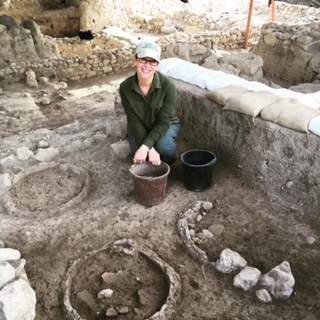
Archaeology has traditionally focused on monumental places of prestige, such as palaces and temples. Household archaeology seeks to shift our attention to more everyday locations — the home — and the activities of those who lived there.
Recent excavations at Tell Halif have enabled us to explore dwellings of the 8th century BCE, and through them, the cultural and social context of ancient Israelite households.
In this presentation, Dr. Cynthia Shafer-Elliott examined Halif’s most recently excavated house, demonstrating how it illustrates the daily lives of the average ancient Israelite man, woman, and child. Particular attention was paid to the domestic activity of food preparation and gender.
Dr. Cynthia Shafer-Elliott is an Associate Professor of Hebrew Bible / Old Testament at Baylor University in Waco, Texas. Her research emphasizes household archaeology and issues of food, gender, religion, and social memory. An experienced field archaeologist, she is part of the excavation teams at Tel Halif and Tel Abel Beth Maacah in Israel.
A recording of this lecture is available on the AIAS YouTube channel.
PAUL COLLINS AND HINDY NAJMAN — Origins and Resilience: The Vitality of Judaism in Archaeology, Art and Texts
26 June 2024 (online, via Zoom)
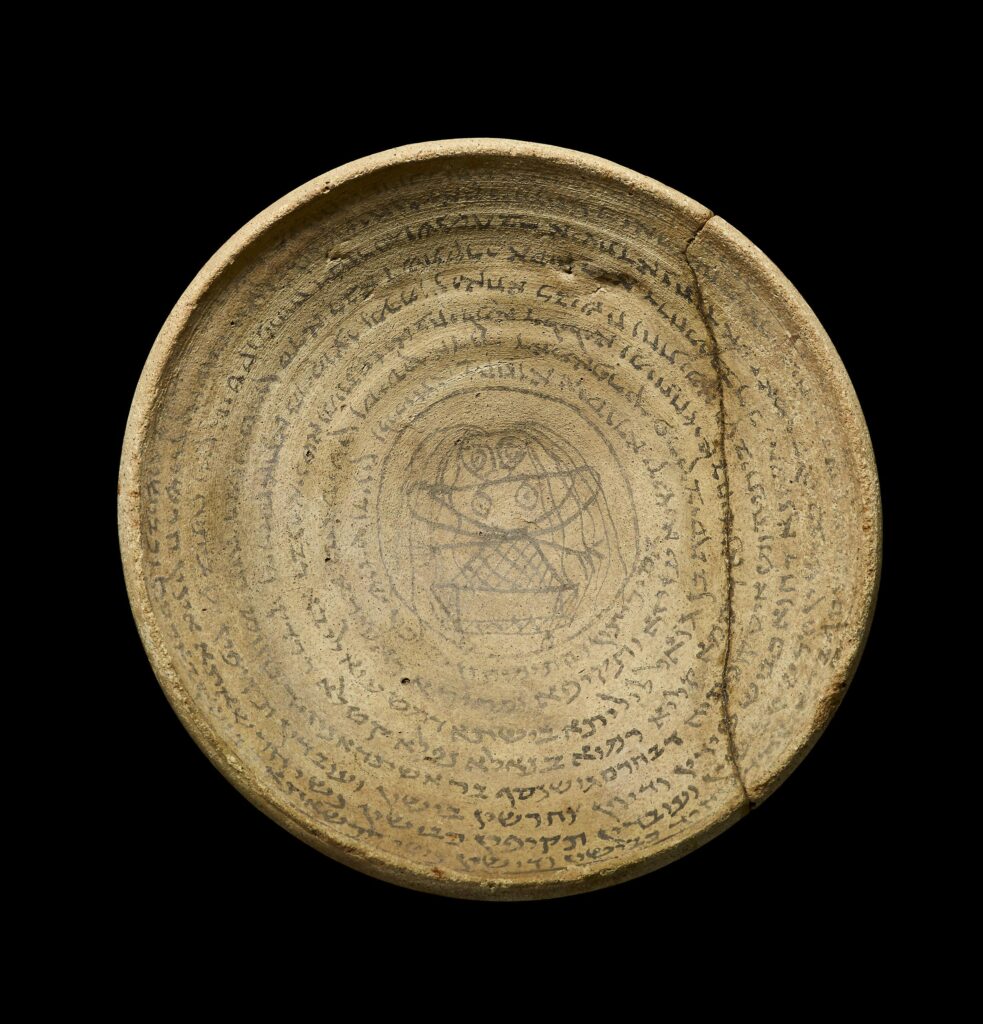

This presentation explored plans for a public exhibition designed to challenge misconceptions about Judaism and its place in antiquity.
The speakers, Paul Collins and Hindy Najman, showed how the origins of Judaism in the period 900 BCE to 700 CE can be explored through a combination of archaeology, art and texts.
It is a story of a Jewish world immersed in and imprinted by the peoples among whom they lived — Egyptians, Babylonians, Greeks, Romans and Arabs — and out of which emerged concepts fundamental to the development of early Christianity and Islam.
The result was an outpouring of extraordinary architecture and visual art as well as astonishing literature, poetry and theology — all elements that will make for a fascinating exhibition.
Paul Collins is Keeper of the Middle East Department at the British Museum, and Professor Hindy Najman is Oriel & Laing Professor of the Interpretation of Holy Scripture at Oriel College, University of Oxford.
A recording of this lecture is available on the AIAS YouTube channel.
ERICH GRUEN — Ancient Judaism: a Nation, an Ethnicity, or a Religion?
22 July 2024 (online, via Zoom)
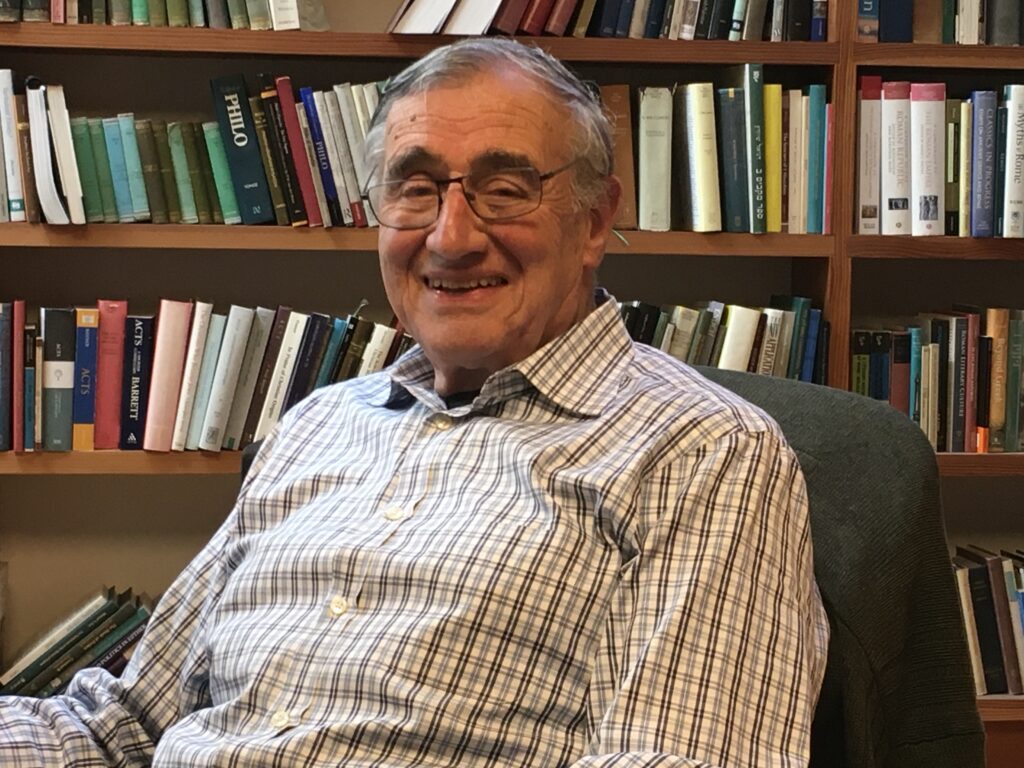
In this lecture, Professor Gruen asked the question — how did the Jews define themselves in antiquity?
Did they regard themselves as a descent group, stemming from Abraham and thus related by blood?
Did they see commonality as a nation, through shared territory, a collective name, and at least a claim on an autonomous existence?
Or were they united by religion, i.e. not just belief but common ritual, practice, and tradition?
Each of these alternatives were investigated, not only in terms of the Jews’ self-awareness but the perception by others – using evidence from the Second Temple period and Greco-Roman world.
Erich Gruen is the Gladys Rehard Wood Professor of History and Classics Emeritus at the University of California, Berkeley. He is the author of several books, including Heritage and Hellenism: The Reinvention of Jewish Tradition (1998), Diaspora: Jews Amidst Greeks and Romans (2002), Rethinking the Other in Antiquity (2011), Ethnicity in the Ancient World: Did it Matter? (2020), and the forthcoming Scriptural Tales Retold: The Inventiveness of Second Temple Jews.
A recording of this lecture will be available on the AIAS Youtube channel in September.
King Solomon’s Mines Revisited: 10 Years of Excavations in the Timna Valley — PROFESSOR EREZ BEN-YOSEF
10 October 2024 (online, via Zoom)

Tel Aviv University excavations in the Timna Valley have demonstrated that the peak of industrial activities occurred during the 10th century BC — and not during the time of the Egyptian New Kingdom, as previously believed.
So this raises the question of who was responsible for these vast mining activities. Could the Aravh copper from this region have been the source of King David and Solomon’s wealth in Jerusalem?
This lecture will explore these questions through the finds from 10 years of excavations in this fascinating region.
Joint lecture with the Institute of Jewish Studies
Ritual Baths (Mikvehs) in Synagogues: Between Law (Halakhah) and Piousness- Dr Eyal Baruch (Bar-Ilan University)
11 November 2024 (Online, via Zoom)
The discovery of mikvehs in Early Roman Period synagogues fits well with the discovery of many domestic mikvehs – in some settlements, a mikveh was unearthed in almost every house – and together seem to indicate that large segments of Jewish society followed halakhaic norms concerning purity and impurity. Mikvehs are so prevalent, that the synagogues in which mikvehs were discovered are surrounded by houses with mikvehs, which raises the question why were so many public mikvehs needed.
Exploring the Holy Land with Josephus in Hand — PROF. TESSA RAJAK.
12 December 2024 (In person, Wiener Library)
This lecture will be part of a special event to celebrate AIAS Trustee Barbara Barnett’s 100th birthday.

